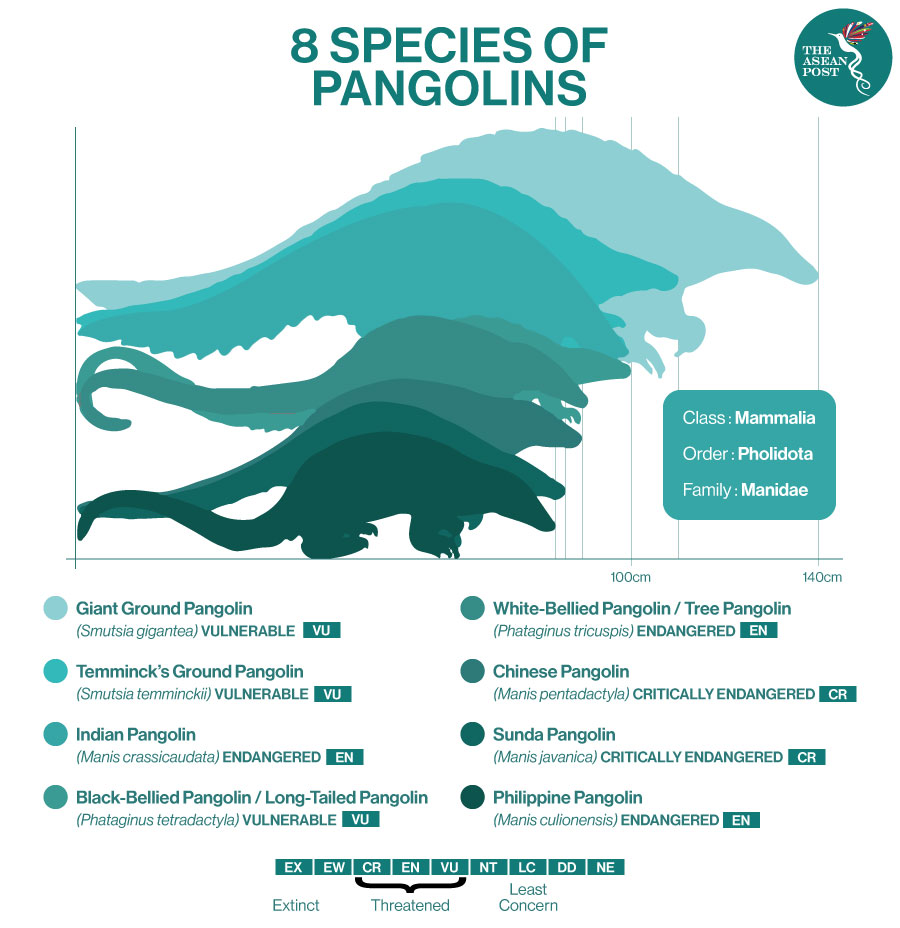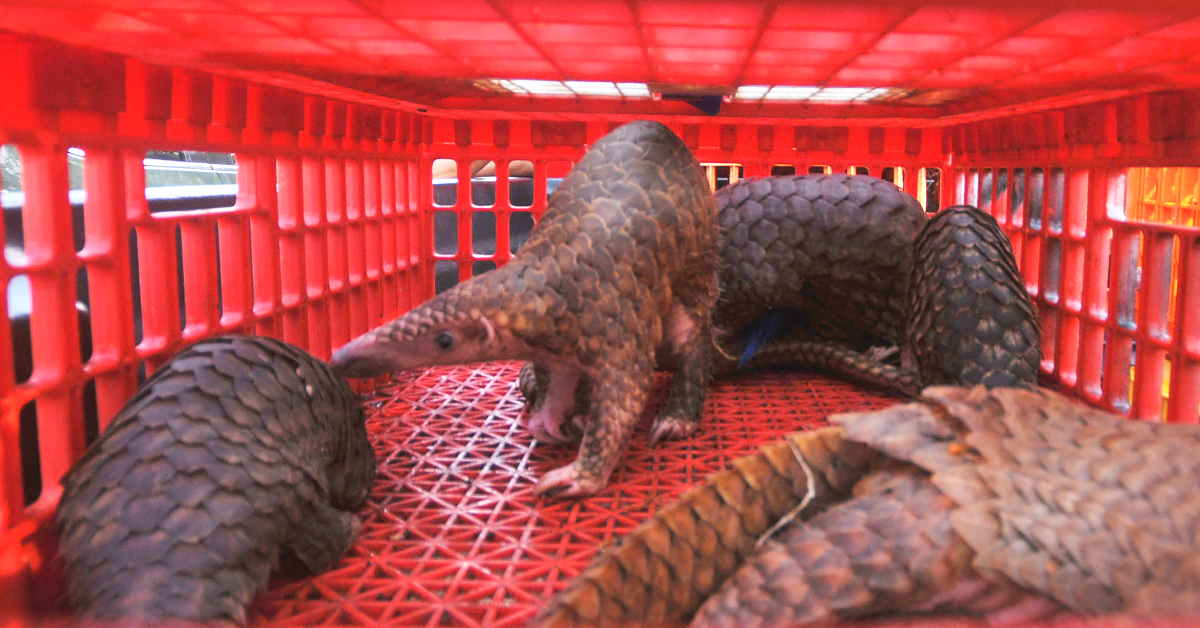The COVID-19 coronavirus is said to have been passed to humans from a wild animal. Since the initial outbreak in Wuhan, China in December 2019, a number of animals have been suspected to be responsible for the COVID-19 virus. Some believe that it could have originated from horseshoe bats, snakes or even pangolins.
Pangolins are the only mammals wholly-covered with scales which they use to protect themselves from predators in the wild. According to the World Wide Fund for Nature (WWF), pangolins are perhaps one of the most trafficked mammals in Asia, and increasingly so in Africa. They are especially in high demand in countries like China and Vietnam. Pangolin scales are sometimes used in traditional medicine and folk remedies, while their meat is considered a delicacy in some countries.
After the spread of the COVID-19 virus which has now killed over two million people worldwide, activists and organisations have called for a total ban on wildlife trade for good. According to the United Nations Office on Drugs and Crime (UNDOC), the global wildlife trafficking industry is worth between US$7 billion and US$23 billion, annually.
Unfortunately, despite numerous efforts to halt animal trafficking, illegal wildlife trade still occurs.
A 2020 report by TRAFFIC, an organisation that monitors the international trade of wild animals and plants – revealed that illegal pangolin trade in the Philippines increased nine-fold in the last two years, with authorities there confiscating an estimated 6,894 pangolins between 2018 and 2019.
It was reported that the Philippine or Palawan pangolin, an endangered species, has declined up to 95 percent in the last 40 years.

During the first three months of 2020, around 20 Philippine pangolins were confiscated from a trafficker in Palawan and three more retrieval incidents of smuggled pangolins took place on the island of Luzon.
“While the rise in pangolin seizures speaks to successful enforcement action, it is also deeply alarming news for this rare animal,” said Elizabeth John, TRAFFIC’s Senior Communications Officer.
“With pressure continuing to mount, the only hope for the Philippine pangolin is to stamp out the illegal trade through thorough investigations into poaching and trafficking cases, more prosecutions and solid convictions of traffickers,” she added.
Luxury Meat
TRAFFIC also highlighted in its report that ad hoc surveys between 2018 and 2019 made further discoveries of pangolin meat and medicines on offer in some cities.
“Conversations with contacts and restaurant workers pointed to mainland Chinese nationals who are looking to consume wild meat and reportedly willing to pay the high asking price as the primary consumer of pangolins in the Philippines,” noted TRAFFIC in its report.
Media reports have stated that pangolin meat can sell for US$3 to US$5 per kilogram, while scales sell from US$130 to US$190 per kilogram. In Metro Manila, live or frozen pangolins and cooked pangolins can sell for US$233 and US$272, respectively.
A New Hope
According to the authors of a research titled, ‘Endangered by Trade: The Ongoing Illegal Pangolin Trade in the Philippines’, lack of investigations, few successful arrests and prosecutions, and low penalties are among some of the challenges faced by those working to curb pangolin trafficking in the country.
Emerson Sy, one of the authors for the TRAFFIC report told the media in the Philippines that the country’s courts should have a deeper appreciation and understanding of the impacts of wildlife crime.
“Pangolins continue to get hammered by poaching and trade, and extinction is on the horizon for these adorably odd creatures,” said Sarah Uhlemann from the Center for Biological Diversity, a non-profit organisation known for its work in protecting endangered species.
However, a new study published last December in the “Global Ecology and Conservation” journal revealed that Philippine pangolins have been spotted in 17 of the 24 municipalities in Palawan, the island province where the creatures are mainly found.
“This is promising for the Philippine pangolin and suggests it is not too late to establish conservation efforts across the species’ range,” said lead author Lucy Archer, from the Zoological Society of London (ZSL).
With appropriate conservation measures, experts believe that the Philippines’ endemic pangolin still has a chance of bouncing back.
Related Articles:
